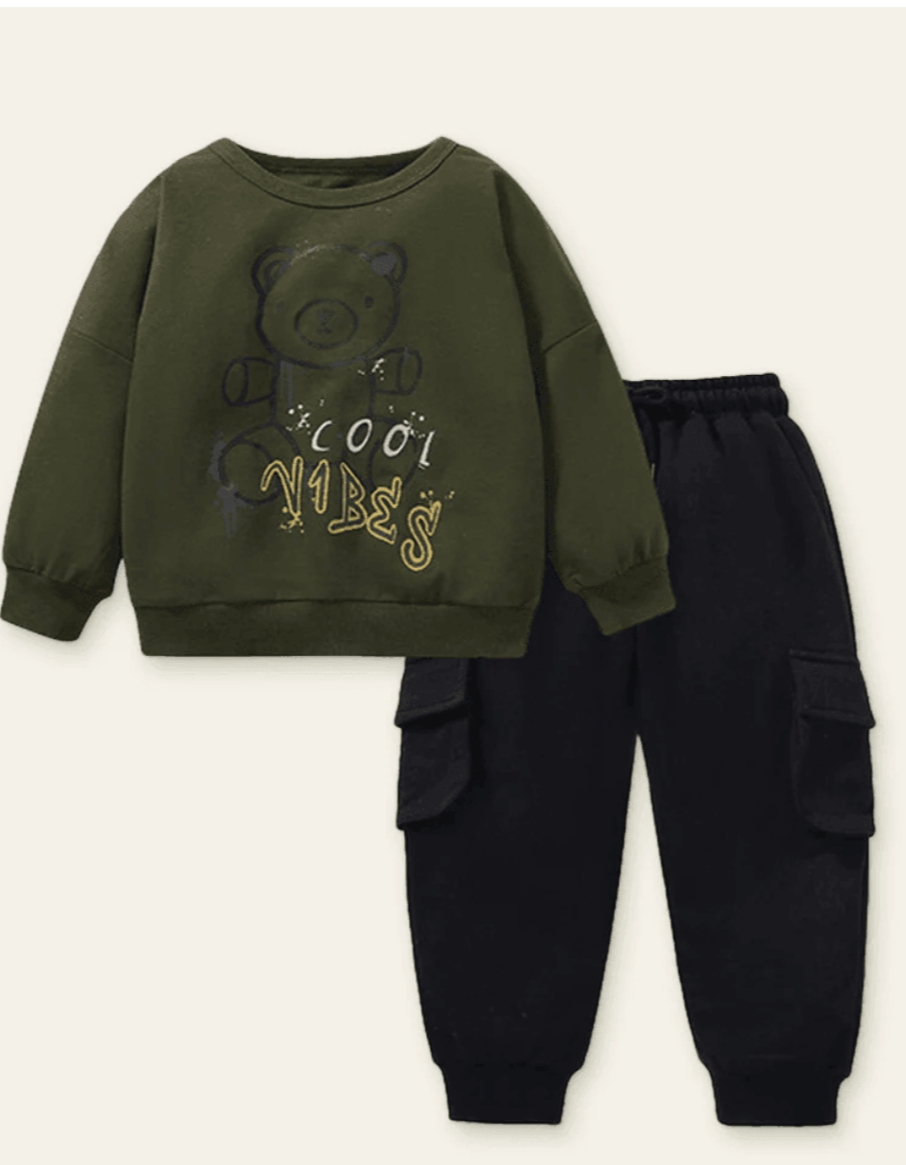From Sheep to Slipper: The Journey of Canadian Wool

Canadian wool takes a long journey from farm to finished felt slipper. Wool fibre transforms from fleece to footwear with Canadian sheep farmers who carefully tend and shear their flocks yearly.
Canadian Sheep Farming
Canada’s rich pastureland supports over one million sheep. Wool-producing provinces include Alberta, Saskatchewan, Manitoba, and the Maritimes. Local farmers raise sheep primarily for their meat but also value the fleece. Each spring, flocks are shorn of their winter coats, yielding approximately 5-8 pounds of wool per sheep. Farmers sort, bale, and sell the raw fleece to brokers.
Wool Harvesting
At harvesting time, sheep are rounded up and sheared. Some farmers still use hand clippers, but most opt for electric shears, which work faster on larger flocks. If possible, the fleece is shorn in one piece, leaving the skin underneath clean. After shearing, the sheep’s light new coat grows quickly by late summer.
The soft fleece bales are then transported to woollen mills for cleaning and processing into yarn. Canadian mills source wool from domestic farms and import fibre from abroad, such as merino from Australia and cashmere from Mongolia. The mills supply yarn to Canadian knitters, weavers, felt makers, and other manufacturers.
Wool Scouring and Combing
At the woollen mill, bales of greasy fleece first undergo scouring to remove dirt, grease and suint (sweat salt residue). This cleansing prepares the wool for further processing with water, detergent and sometimes enzyme treatments. Rotating drums agitate the fibre mass to release impurities, which are then rinsed away.
After scouring, wool combing aligns fibres in the proper direction and length for high-quality yarns. Short fibres and vegetable matter are separated from longer wool staples, which will be spun. Combing results in worsted wool yarns with long, parallel fibres ideal for knitting mittens, sweaters, and blankets with smooth handles and drapes.
Yarn Spinning and Dyeing
The cleaned combed staples enter wool spinning machines, which draw out and twist fibres into strong, consistent yarns. Depending on the intended end use, different yarn weights, such as sport, DK, and worsted, are produced. Some yarns are dyed in vibrant colours, while others keep the natural gray, brown, or cream tones of the raw wool.
Felt Production
Betterfelt sources Canadian wool yarns and commissions felting through a cooperative of women artisans in Nepal. The felt process makes the fibres fully mat into a nonwoven textile. Loose wool is transformed via the filmmaker’s skill with soap, hot water and rhythmic pounding into cohesive wool felt sheets. Multiple layers build material for future slippers, shoes and accessories.
Slipper Crafting
The artisans shape wool felt into comfortable slipper designs using wooden forms, cutting dies, and stitching. Interior wool felt linings provide additional cushioning and absorption. Durable rubber soles complete the slippers to promote sure footing indoors. Quality checks ensure a sturdy, long-lasting product. Finished slippers are shipped from Nepal to Betterfelt’s Canadian warehouse for online sales and retail distribution.
Cozy Canadian Footwear
The result of Canadian farmers’ wool harvesting and woollen mill processing is warm, natural wool-felt slippers by Betterfelt. From pasture to final product, the journey of this versatile fibre exemplifies collaboration among producers and sustainable circular manufacturing. Thanks to agricultural and craft industries across borders, wearers appreciate the tradition and comfort of Canadian wool enclosed around their feet.
Check out our websitetoday!
About the Writer
Leander Kevin is a seasoned content writer at BreezeMaxWeb. His primary focus is optimizing client content through thoughtful writing. Leander crafts top-notch blog posts and web pages in this role that significantly enhance his customers’ online presence and marketing success.
Leveraging his research abilities and technical know-how, Leander skillfully creates engaging content across various topics. He efficiently manages projects, ensuring timely delivery while incorporating key search engine optimization (SEO) elements. With a marketer’s mindset, Leander generates articles that attract new leads and produce tangible results.
With experience writing for several reputable publications and companies in diverse fields, such as technology and eCommerce, Leander specializes in developing well-researched and compelling content. Through a comprehensive writing and technology background, Leander is a valuable asset for delivering outstanding content solutions.






